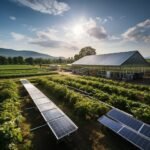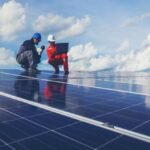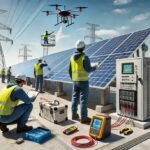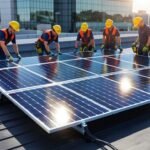Private equity (PE) has emerged as a transformative force in renewable energy investment. The push for global decarbonization, along with the rising demand for clean energy, has made renewable projects a magnet for capital. As policy support and technological advancements reduce risks, private equity strategies in renewable energy investment are evolving — emphasizing scalability, efficiency, and predictable returns.
Understanding the Surge in Private Equity Interest in Renewables
The appeal? Long-term stable cash flows, inflation hedging, and the opportunity to drive environmental impact while earning competitive returns. Keep up with Steelbridge Export.
Why Private Equity Sees Opportunity in Solar Investment
Among the various renewable technologies, solar investment stands out. Falling costs, scalability, and rapid deployment make solar energy a natural fit for PE portfolios. Large-scale solar farms, solar infrastructure development, and solar EPC (Engineering, Procurement, Construction) services offer structured and contract-driven revenue models, ideal for private equity exit strategies.
Private equity strategies in renewable energy investment increasingly favor utility-scale solar projects, solar power plants, and solar development platforms. These allow for consolidation, operational efficiency, and risk diversification across geographies like the Middle East, Southeast Asia, and Sub-Saharan Africa.
 Common Private Equity Strategies in Renewable Energy Investment
Common Private Equity Strategies in Renewable Energy Investment
1. Buy-and-Build Platform Investments
Private equity firms acquire smaller renewable energy developers, EPC firms, or operating assets and consolidate them under one scalable platform. This model works well in fragmented markets and allows optimization of procurement, financing, and operations.
2. Asset Aggregation for Yield Optimization
Another strategy is the acquisition of operating solar power assets or wind farms to build a yield-oriented portfolio. These high ROI projects offer stable, inflation-linked cash flows through long-term power purchase agreements (PPAs), enabling predictable returns.
3. Late-Stage Project Financing
Instead of taking early development risk, many PE firms enter projects at the construction-ready or post-permitting phase. This de-risks the capital while ensuring high leverage and fast deployment. It aligns perfectly with project finance strategies.
4. Greenfield Development with Strategic Partners
Some investors are going upstream, developing solar farms and clean energy assets from scratch, usually in joint ventures with experienced developers. These renewable investments are high-risk but also offer outsized returns and long-term investment value.
Target Markets for Private Equity in Renewable Energy
Middle East
Countries like the UAE and Saudi Arabia are pushing for diversification and energy transition. Turnkey solar plant contracts in the Middle East offer tremendous opportunities for private equity. The combination of high solar irradiance, state-backed incentives, and growing energy demand creates an ideal landscape for solar energy investment.
Southeast Asia & Africa
These emerging markets suffer from under-electrification and infrastructure gaps. Off-grid solar, utility-scale projects, and solar infrastructure development are essential, and private equity is stepping in where institutional capital is scarce.
Europe & North America
With mature regulatory frameworks, clean energy investment in these regions focuses on asset aggregation, long-term investment portfolios, and secondary market transactions in renewable assets.
Challenges Facing Private Equity Investors
Despite the promise, PE investors face unique challenges:
Regulatory Complexity: Energy markets differ widely by country. Navigating clean energy investment policies and local grid rules demands strong legal and operational teams.
Project Risk: Weather patterns, construction delays, and grid access issues can impact ROI. Risk management tools like hedging and insurance are essential.
Exit Constraints: Limited buyers or public market routes for renewable portfolios can complicate exit strategies, especially for niche assets.
To counter these, firms increasingly focus on thorough due diligence, local partnerships, and flexible investment timelines aligned with sustainability goals.
Related: Why Thermal Performance Is Crucial for Solar Panels in Desert Environments
 Private Equity’s Role in Driving the Energy Transition
Private Equity’s Role in Driving the Energy Transition
Private equity doesn’t just bring capital. It brings discipline, operational excellence, and innovation to renewable energy. By financing solar infrastructure, clean energy projects, and sustainable investment initiatives, PE is pushing the world closer to net-zero goals.
High-impact strategies include:
Digital Optimization: Using AI and data analytics to improve energy yield and reduce O&M costs.
Vertical Integration: Owning parts of the supply chain—from solar panel manufacturing to asset management—for margin enhancement.
Community Engagement: Investing in projects that align with local development, education, and job creation, boosting ESG scores.
Key Traits of a Successful Private Equity Strategy in Renewables
To succeed in private equity strategies in renewable energy investment, investors should focus on:
Long-Term Investment Horizon: Aligning capital structure with the extended lifecycle of renewable assets.
ESG Integration: Adopting transparent ESG metrics and impact reporting enhances investor trust and valuation.
Capital Flexibility: Structuring deals that allow both growth capital and opportunistic acquisition.
Conclusion: The Future of Private Equity in Clean Energy
Private equity’s role in clean energy investment is set to grow. As more institutional investors seek exposure to ESG assets, private equity will act as both catalyst and consolidator. From solar farms to green hydrogen, the possibilities are vast.
The smart money is not just betting on solar power — it’s building it, optimizing it, and scaling it with efficiency.
If you’re a private investor, fund manager, or institutional player seeking stable returns with climate impact, now is the time to explore high-ROI renewable investment opportunities.
Source: yenisana.com
🧠 Meta Questions & Answers:
- Q1: Why is private equity interested in renewable energy?
A: PE seeks stable cash flows, scalability, and ESG-aligned returns in sectors like solar and wind, making renewables highly attractive. - Q2: What is the buy-and-build strategy in renewables?
A: It’s when private equity acquires multiple smaller clean energy companies or assets and consolidates them to scale operations and increase returns. - Q3: Are solar projects suitable for long-term investment?
A: Yes, solar farms offer 20-30 year power contracts, making them ideal for long-term, stable investments with predictable cash flow. - Q4: How does private equity reduce risk in renewable projects?
A: By entering at later project stages, using insurance, and forming joint ventures with experienced developers. - Q5: What regions are most attractive for solar investment?
A: The Middle East, Southeast Asia, and Africa offer high solar potential and government support, ideal for large-scale solar development.



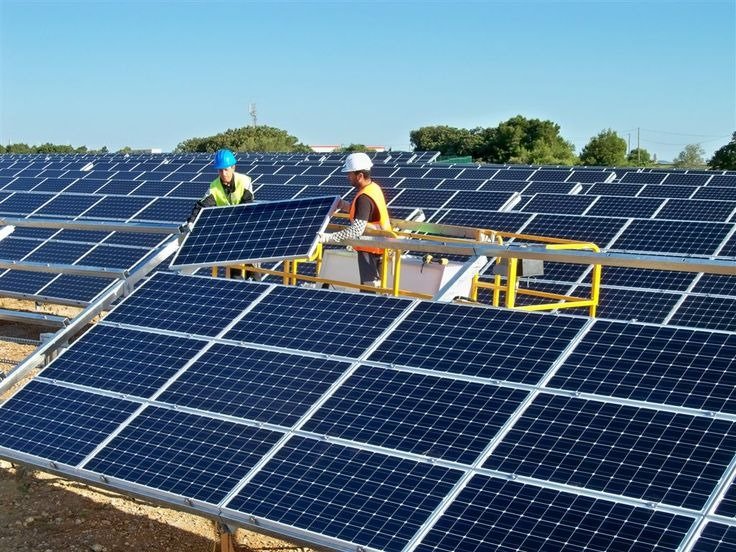
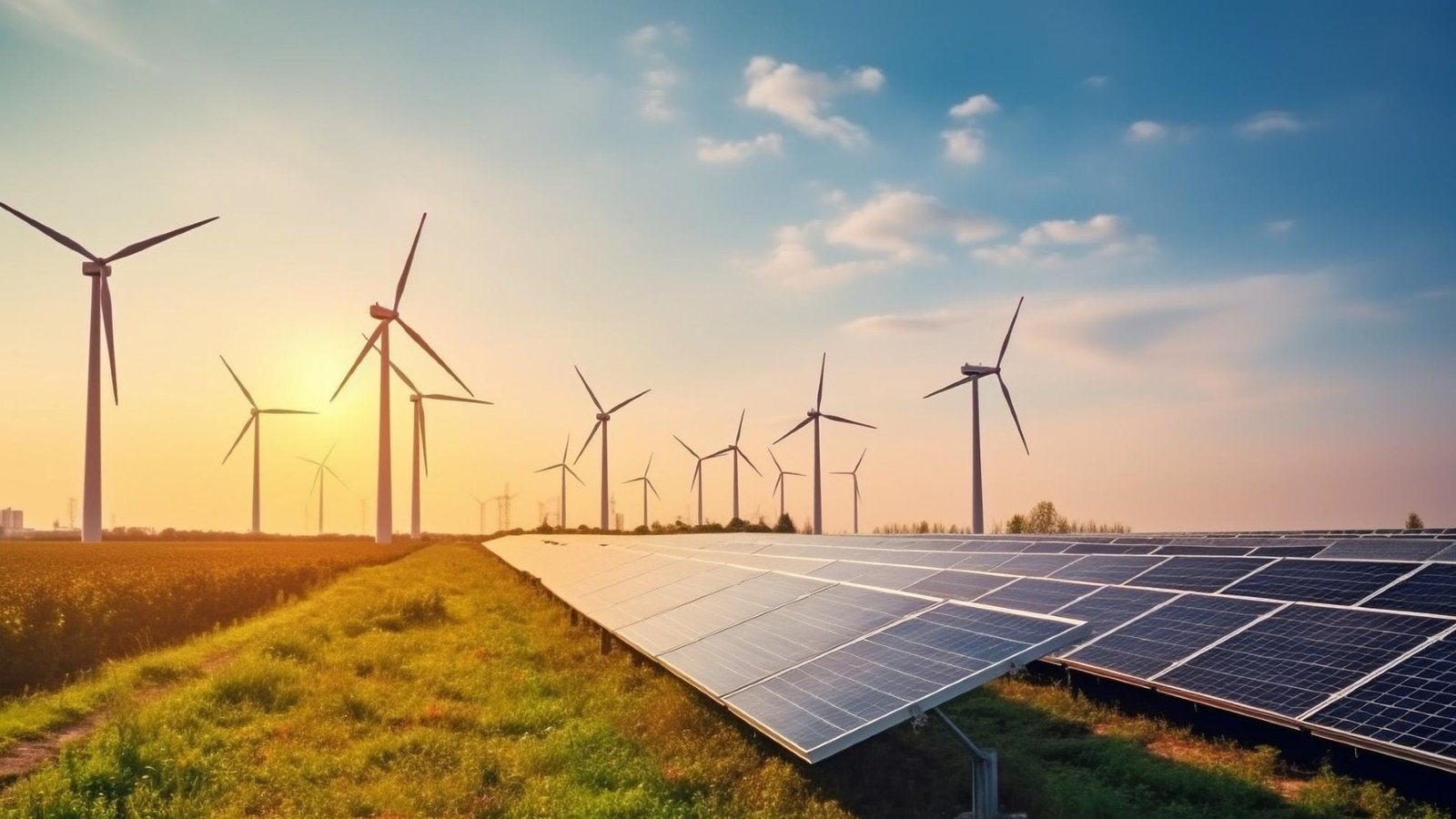 Common Private Equity Strategies in Renewable Energy Investment
Common Private Equity Strategies in Renewable Energy Investment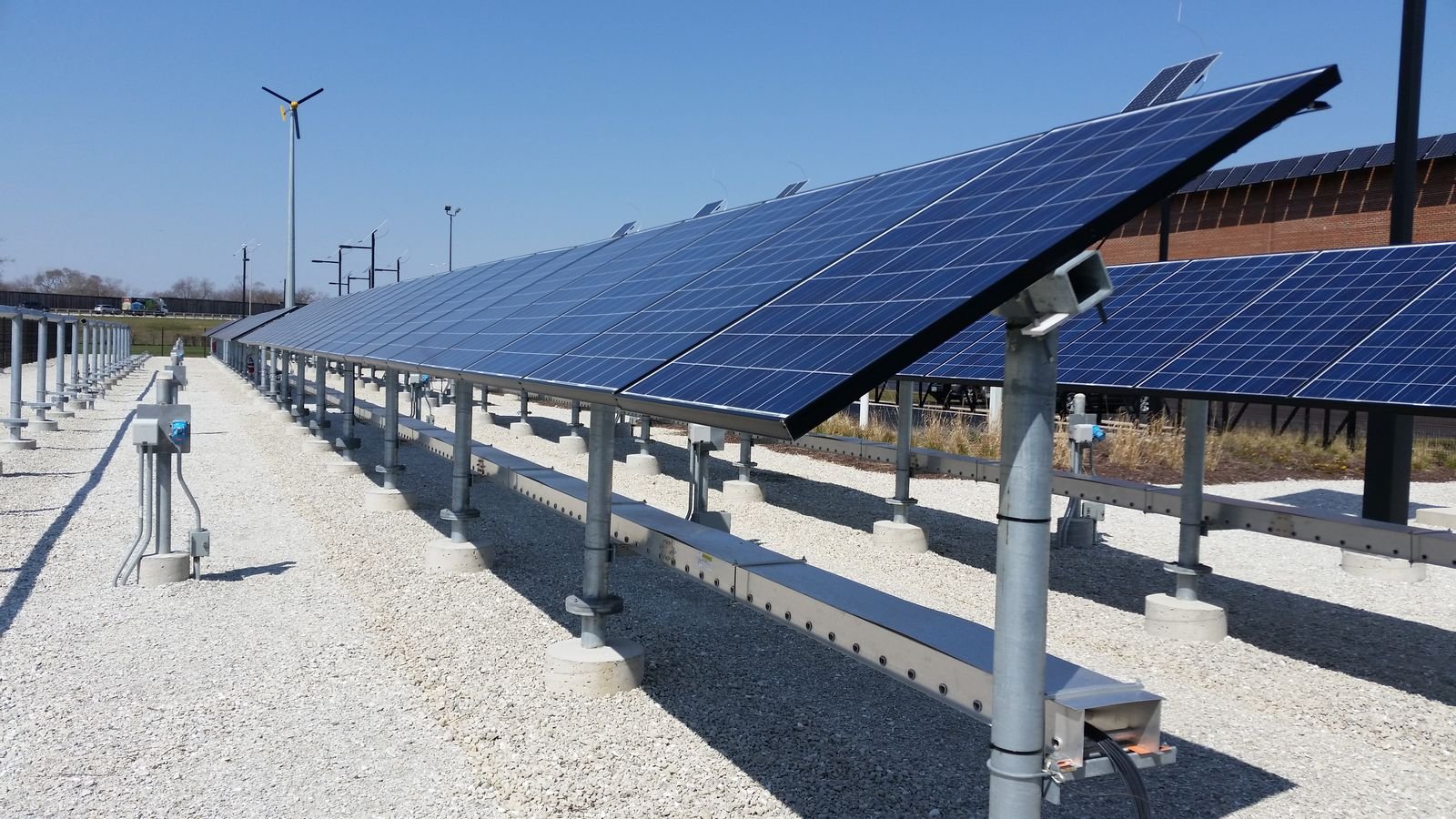 Private Equity’s Role in Driving the Energy Transition
Private Equity’s Role in Driving the Energy Transition